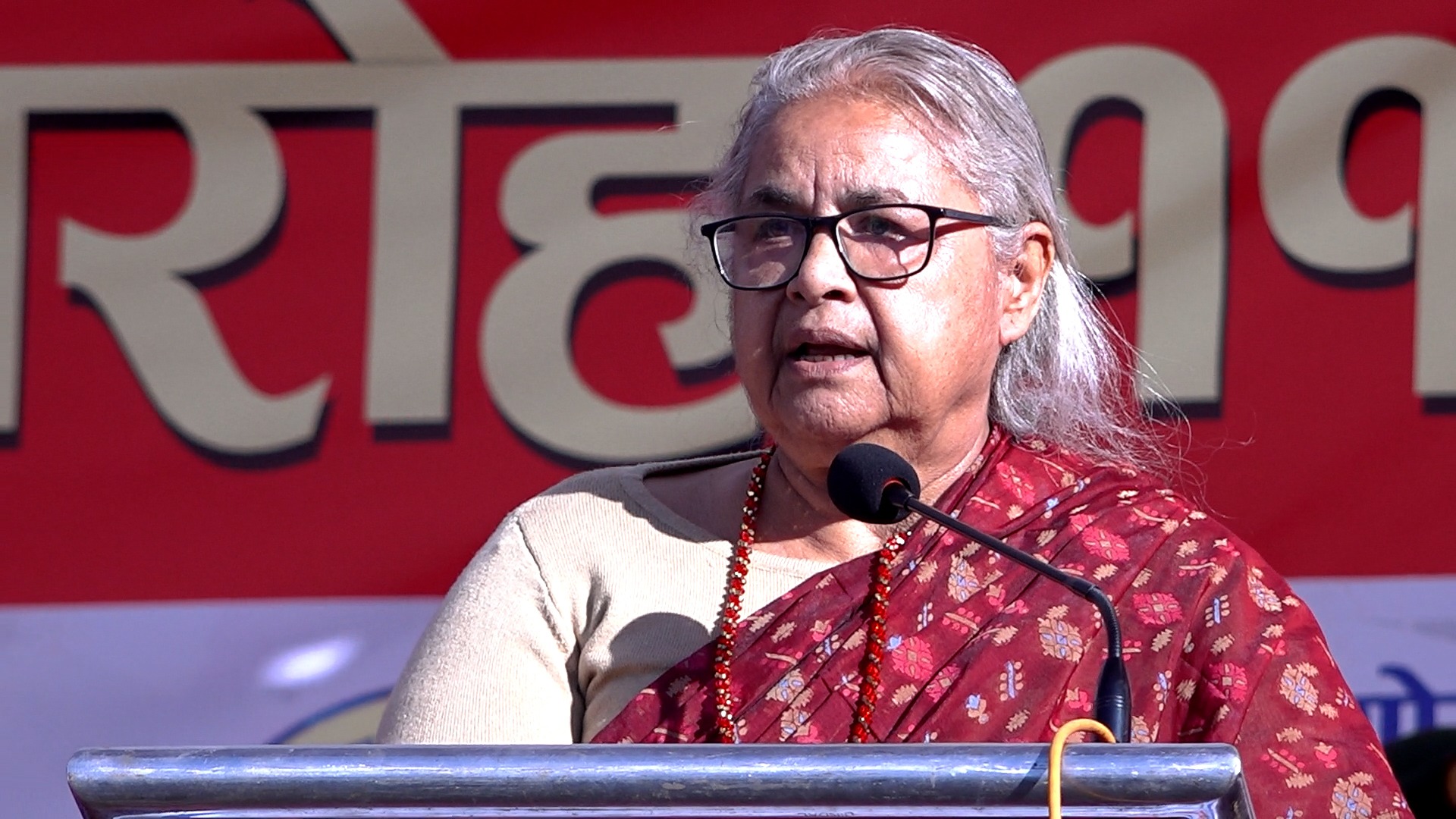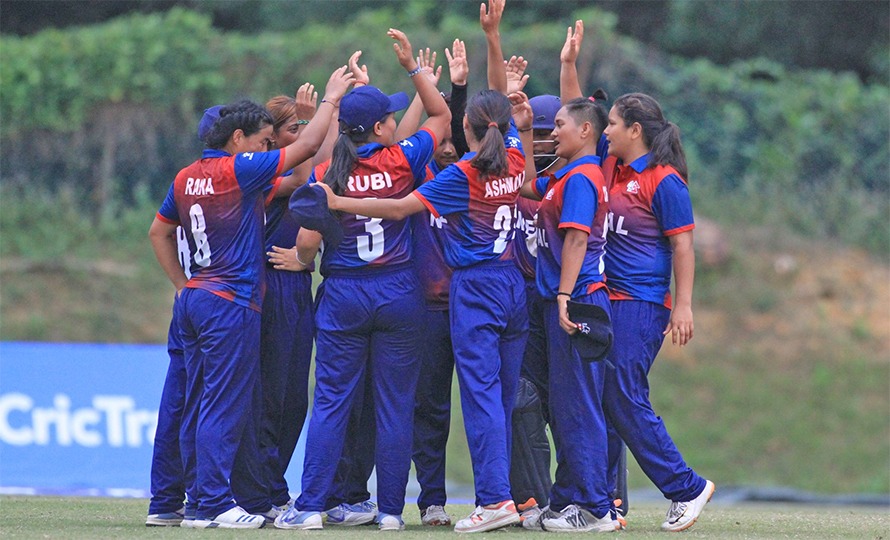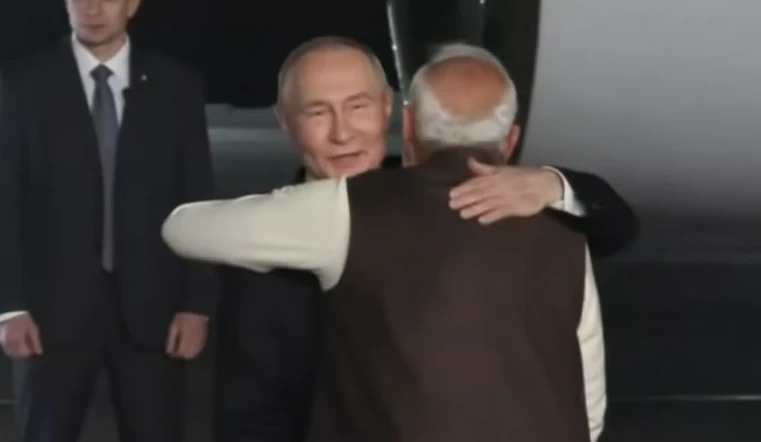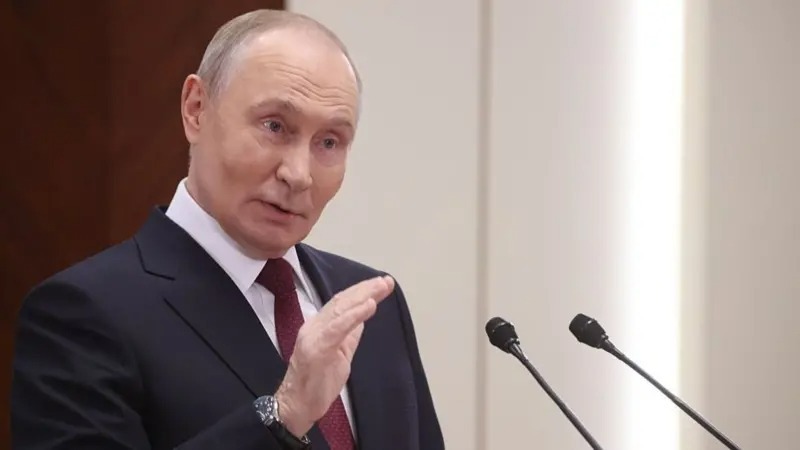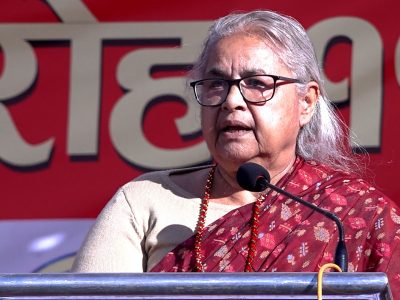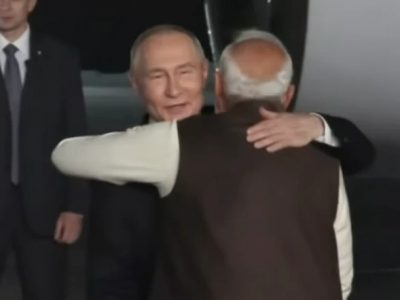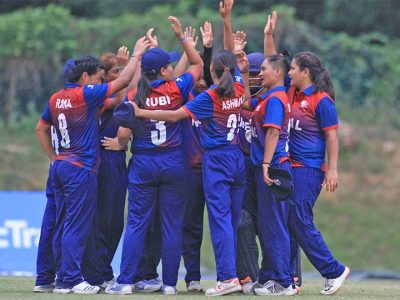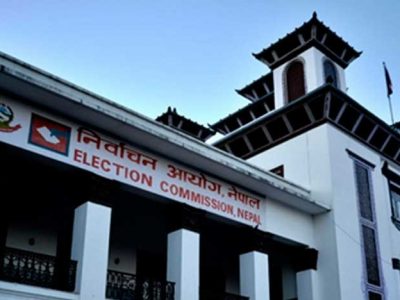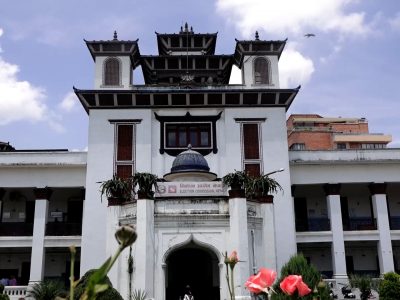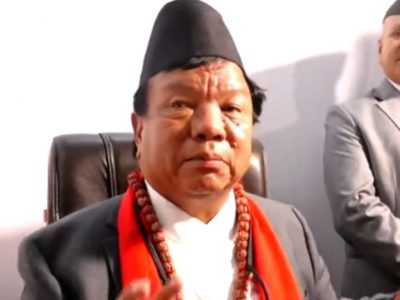Did China use powerful “microwave weapons” on its border standoff against India?
China has a microwave weapon “Poly WB-1” which it had put into an air show display in 2014
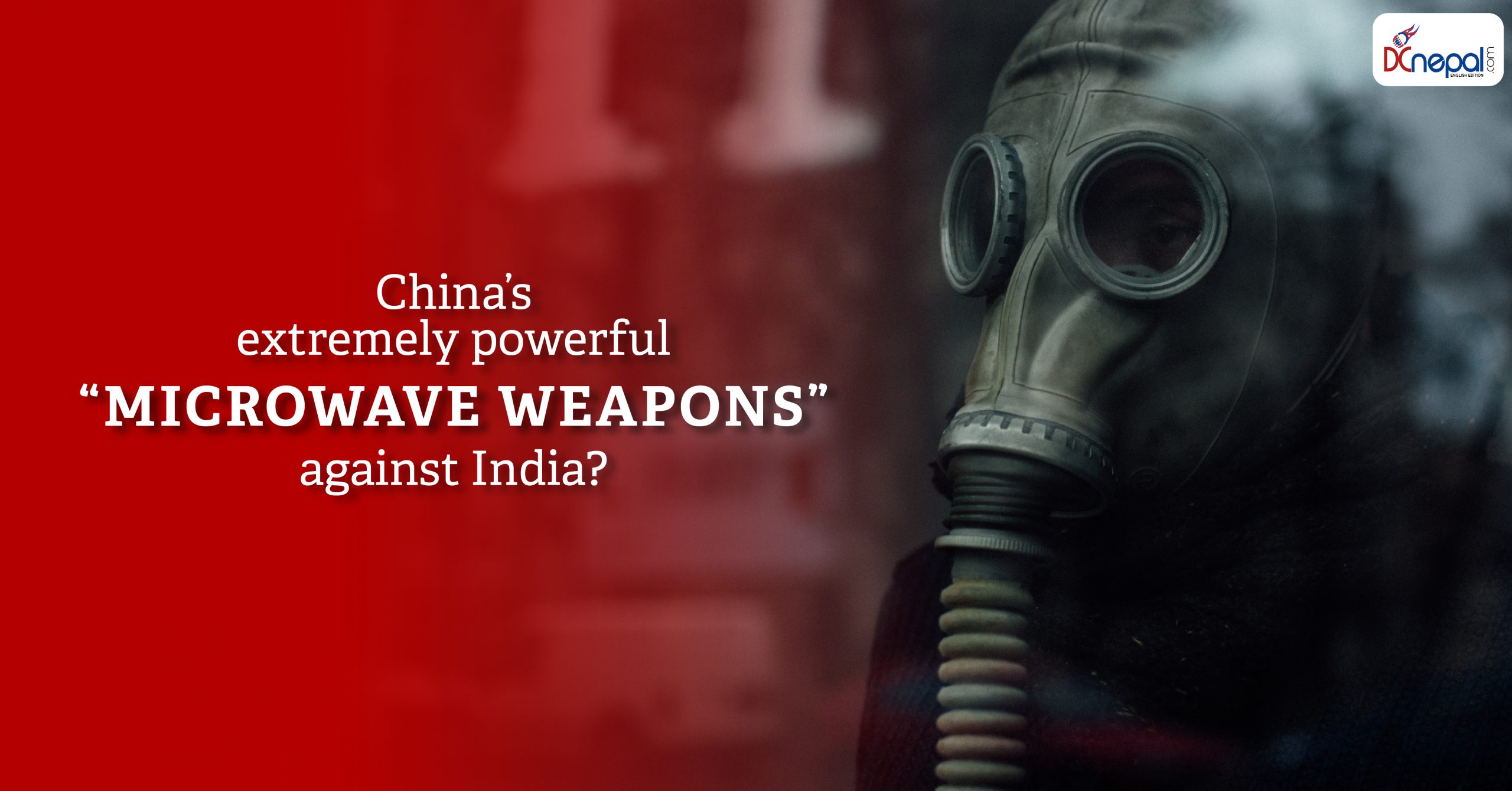
Kathmandu. Last Tuesday, British newspaper The Times quoted a Chinese professor telling that the Chinese PLA had used “microwave weapons” to push back Indian soldiers in eastern Ladakh.
According to the report by The Times, Jin Canrong, a professor of international relations at Renmin University in Beijing, declared that in late August, China had used a “microwave weapon” to reclaim land occupied by the Indian Army on the southern bank of Ladakh’s Pangong Tso Lake.
The Indian Express writes that the owner of The Times, Rupert Murdoch’s News Corp. also owns The Australian daily, which also reported through the headline “China’s microwave pulse weapon defeats Indian troops at Himalayan border.”
The Theory of “microwave weapon” as described by the Chinese professor involves the conversion of two strategic hilltops into a large microwave oven. The large oven when detects fire from the Indian soldiers, emits beams of high-frequency electromagnetic radiation to heat the water in a human target’s skin, causing pain and discomfort, due to which the Indian soldiers begin vomiting, therefore, feeling weak and leaving the area.
“Those Indian soldiers holding the hilltops all started to vomit within 15 minutes of the microwave weapons being launched. They weren’t able to get up, so they ran.” Jin allegedly told his students during a lecture that this was how China regained the land without using conventional fires.
After the report caused a massive spread of rumors around the world, the Indian Ministry of External Affairs called an online media briefing in which the spokesman of the Ministry, Anurag Srivastava rejected the report by calling it “baseless”.
Anurag announced that India and China are planning to hold the ninth round of dialogue between corps commander-ranked officers in the near future. The priority of the military talks will be to ensure full disengagement and complete restoration of tranquility in the western sector along the Line of Actual Control (LAC).
Earlier on November 6, The 8th corps commander-level dialogue between China and India was held in Chushul that led to an agreement on a three-step disengagement plan between the two countries currently embroiled in the border dispute.
Also Read:
Facebook Comment
latest Video
Trending News
- This Week
- This Month



